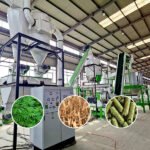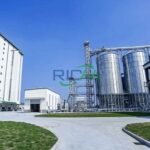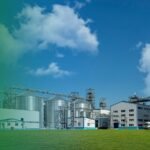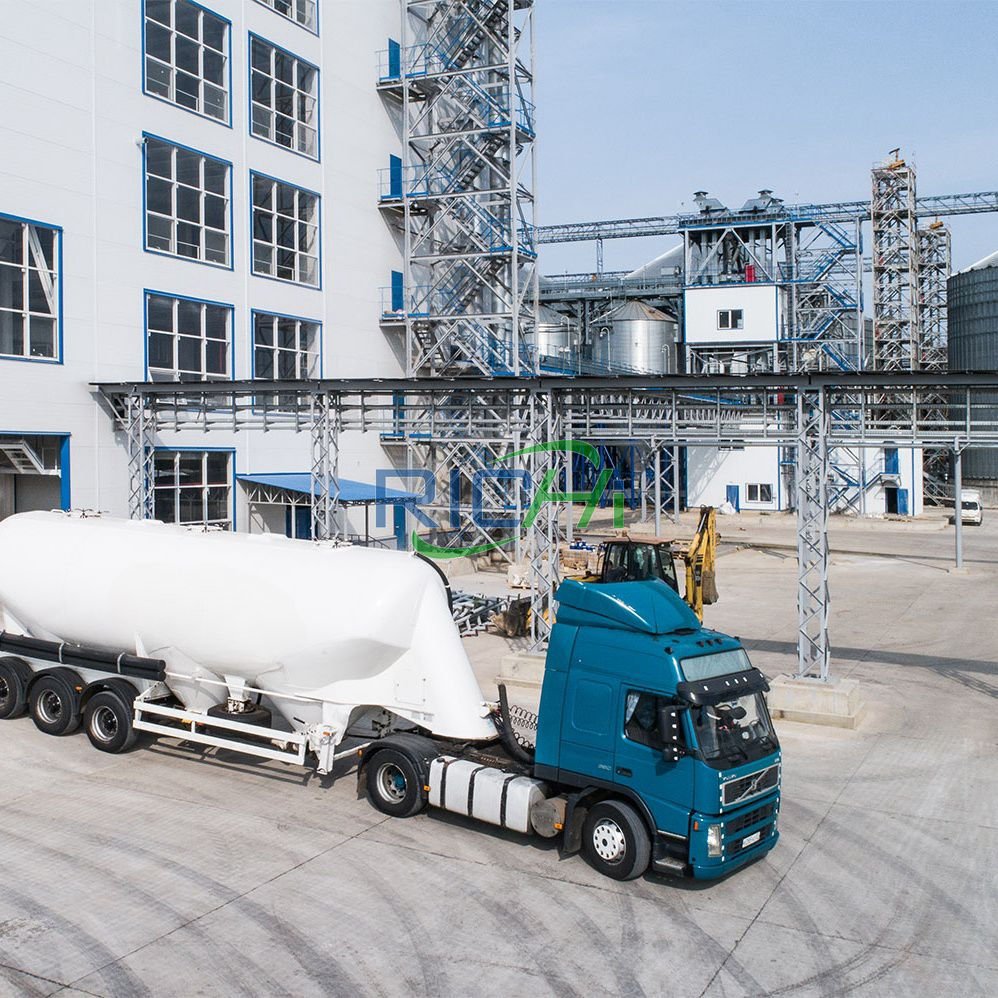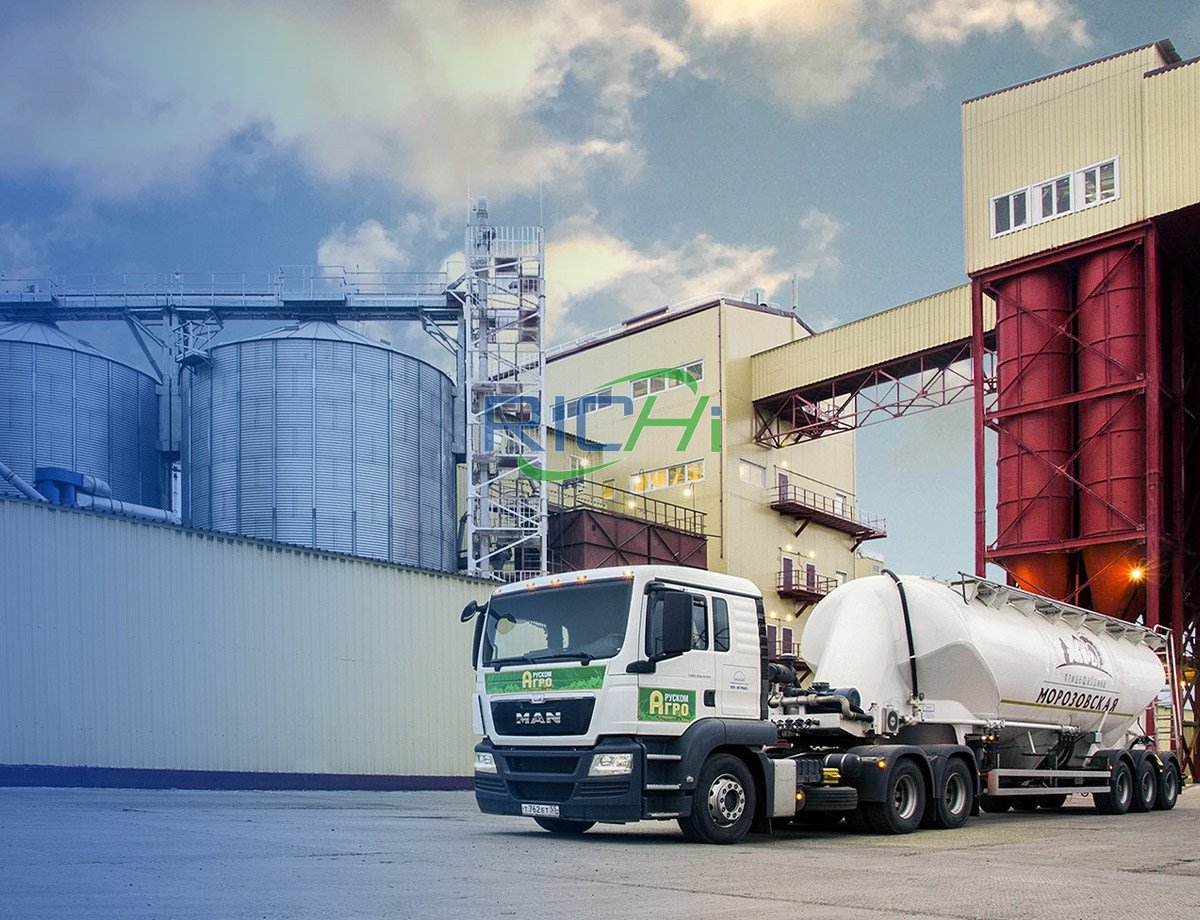In organic fertilizer production, granulation is a key step that transforms powdered compost or raw organic material into uniform granules. Granules are easier to handle, store, transport, and apply in agricultural settings compared to unprocessed material. Granulation not only adds commercial value but also enhances nutrient stability and ensures better control over application rates in farming.
This article provides an in-depth exploration of the granulation stage in organic fertilizer production lines, covering the types of granulation technologies, the role of each component, operational parameters, quality control, and selection strategies for different production needs.
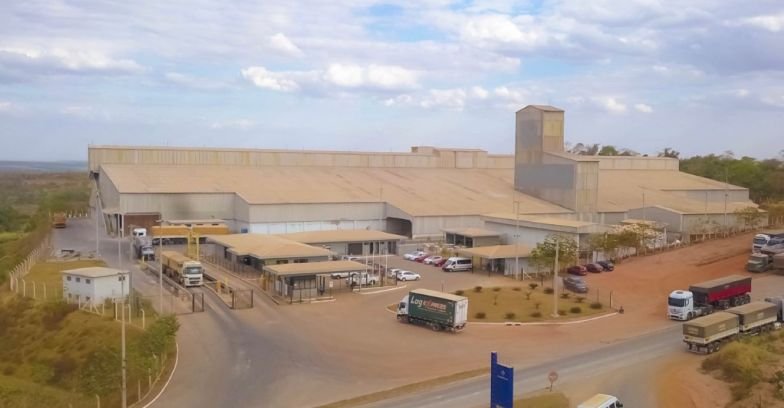
1. Introduction to Granulation in Organic Fertilizer Production
Granulation is the process of aggregating fine organic particles into larger, cohesive granules. The goals of granulation include:
- Improving fertilizer appearance and marketability
- Reducing dust generation during handling
- Controlling nutrient release rates
- Enhancing product uniformity
- Increasing storage stability
Granulation is typically performed after the composting, crushing, and mixing stages and before drying, cooling, and packaging.
2. Types of Granulation Technologies
Several types of granulation equipment are used in organic fertilizer production lines. The choice depends on raw material characteristics, required output capacity, and the desired granule size and hardness.
1. Disc (Pan) Granulator
- Structure: Shallow, rotating circular pan mounted at an angle.
- Working Principle: Moist materials are sprayed with water while the disc rotates, forming granules by layering.
- Features:
- Simple structure
- Adjustable inclination
- Granule size: 3–6 mm
- Capacity: 0.5–6 tons/hour
- Advantages:
- Low cost and energy consumption
- Easy to operate
- Suitable for small- to medium-scale operations
- Limitations:
- Requires fine, homogenous input material
- Slightly lower granule uniformity than drum granulators
2. Rotary Drum Granulator
- Structure: A large, rotating cylindrical drum with internal lifters.
- Working Principle: Materials tumble and agglomerate as the drum rotates.
- Features:
- Suitable for large-scale production
- Granule size: 3–8 mm
- Capacity: 5–30 tons/hour
- Advantages:
- High throughput
- Better suited for continuous production lines
- Handles broader raw material moisture ranges
- Limitations:
- Higher initial investment
- Larger footprint
3. Double Roller Extrusion Granulator
- Structure: Two counter-rotating rollers with compression molds.
- Working Principle: Dry powder is compacted into shape without any drying process.
- Features:
- No drying required
- Granule size: 3–10 mm
- Capacity: 1–4 tons/hour
- Advantages:
- Ideal for heat-sensitive materials
- Low energy consumption
- Compact design
- Limitations:
- Less suited for materials with high moisture
- Granules may not be spherical
4. Flat Die Granulator
- Structure: A cylindrical die with vertical compression rollers.
- Working Principle: Materials are compressed through die holes into cylindrical granules.
- Features:
- Granule size: 2–8 mm
- Capacity: 0.5–5 tons/hour
- Advantages:
- Ideal for fibrous and lightweight materials
- Simple maintenance
- Limitations:
- Slightly lower shaping efficiency
5. Ring Die Granulator
- Structure: Similar to flat die, but die is mounted vertically around the circumference.
- Working Principle: Material is pushed through die holes by rotating rollers.
- Features:
- Industrial-scale design
- Capacity: up to 10–20 tons/hour
- Advantages:
- Very high throughput
- Durable and robust
- Limitations:
- More complex operation
- Requires experienced operators (Related post: fertilizer granulator machine)
3. Factors Influencing Granulation Efficiency
Achieving optimal granulation requires attention to several operational parameters:
| Parameter | Optimal Range or Strategy |
|---|---|
| Moisture Content | Ideal: 20–40%; too dry = poor bonding, too wet = sticky granules |
| Particle Size | Fine, uniform particles improve granule formation |
| Adhesive Agents | Can include bentonite, molasses, lignosulfonates, or starches |
| Temperature | Moderate heat (30–60°C) improves bonding in some processes |
| Pan or Drum Angle | Affects residence time and granule size in rotating equipment |
| Rotation Speed | Controls granule growth and uniformity |
4. Quality Control in Granule Production
Quality standards ensure that granules are suitable for agricultural application. Key metrics include:
| Quality Metric | Description |
|---|---|
| Granule Size | Uniformity is crucial for even application |
| Hardness (Crushing Strength) | Should resist breaking during packaging and transport |
| Moisture Content | Final product should be <15% for storage |
| Bulk Density | Affects packaging, transport costs, and nutrient concentration |
| Disintegration Time | Influences nutrient release rates in the soil |
Granule samples should be tested regularly during production to maintain consistency.
5. Advantages of Granulated Organic Fertilizer
Using granulated forms over powder-based fertilizers offers numerous benefits:
- Longer shelf life
- Reduced dust and odor
- Easier mechanized application (e.g., via spreaders)
- Improved customer perception and packaging aesthetics
- Controlled nutrient release for better crop uptake
Granulated fertilizers are also more compatible with slow-release formulations and soil conditioners.
6. Choosing the Right Granulator for Your Production Line
Selecting the appropriate granulation technology depends on various factors:
| Criteria | Recommendation |
|---|---|
| Production Scale | Small/Medium: Disc or Flat Die; Large: Drum or Ring Die |
| Material Moisture | Low moisture: Roller Extrusion; High moisture: Drum |
| Raw Material Type | Fibrous: Flat Die; Fine Powder: Disc or Extrusion |
| Budget and Space | Limited budget: Disc or Flat Die; High budget: Ring Die |
| Product Type | Spherical granules: Disc/Drum; Cylindrical: Flat/Ring |
Consulting with equipment manufacturers can help you match production goals with technical solutions.
7. Innovations in Granulation Technology
Modern granulation systems are increasingly integrating automation, precision control, and environmental safeguards:
- PLC and SCADA integration for real-time process monitoring
- Closed-loop feedback systems for adjusting moisture and rotation speed
- Odor suppression systems in enclosed granulators
- Energy recovery systems to capture heat from drying processes
- Modular designs for scalable capacity upgrades
These advancements improve operational efficiency, reduce labor requirements, and enhance product quality. (Related post: organic fertilizer production project)
8. Case Study: 10 TPH Organic Fertilizer Plant in Indonesia
A leading agricultural cooperative in Indonesia installed a 10-ton-per-hour organic fertilizer plant using a rotary drum granulation system. Results after six months:
- Output: Over 1,800 tons/month of granulated fertilizer
- Granule Quality: 95% uniformity; low breakage rate during transit
- Market Response: Sold to over 5,000 local farms within the first year
- ROI: Break-even achieved in 16 months
The key to success was the careful selection of a granulator that suited the local raw materials (palm waste and manure) and the required scale.
9. Environmental and Regulatory Considerations
Organic fertilizer granulation must comply with environmental guidelines:
- Dust collection systems should be installed to prevent airborne particulate matter.
- Noise reduction measures are necessary in residential or urban-adjacent areas.
- Water usage must be optimized or recycled wherever possible.
- Product labeling should include granule composition, recommended usage rates, and safety data.
Adherence to ISO, USDA Organic, or EU standards may also be required depending on the target market.
10. Conclusion
Granulation is more than a processing step—it’s a strategic decision that affects the functionality, marketability, and performance of organic fertilizers. By selecting the right granulation equipment and managing key operational parameters, producers can ensure high-quality granules that meet agricultural and environmental standards.
As organic farming continues to expand globally, the demand for efficient and scalable granulation systems in fertilizer production lines will continue to grow. Whether you’re running a small farm-based facility or a large industrial operation, understanding granulation technology is vital to long-term success.


